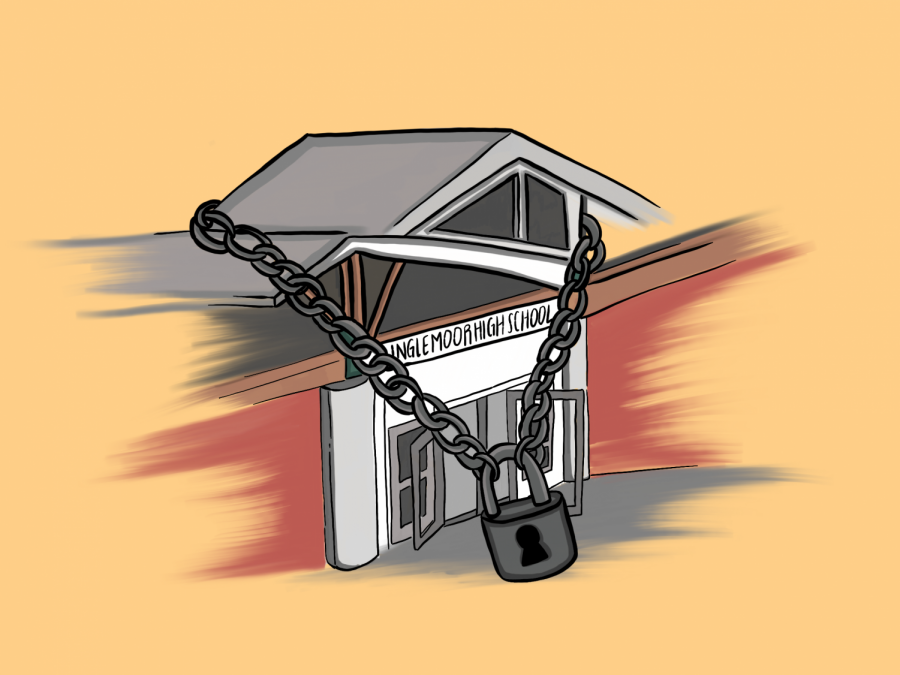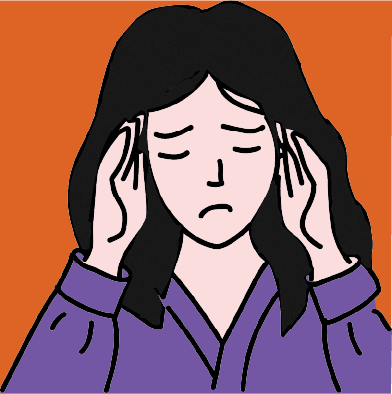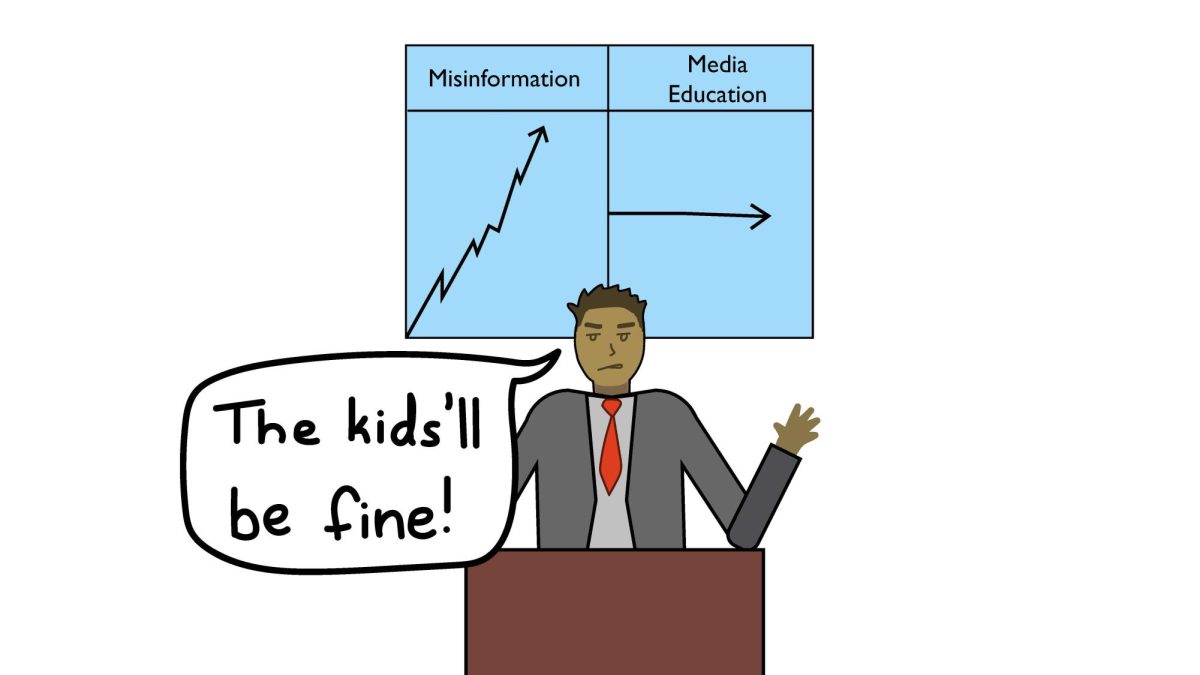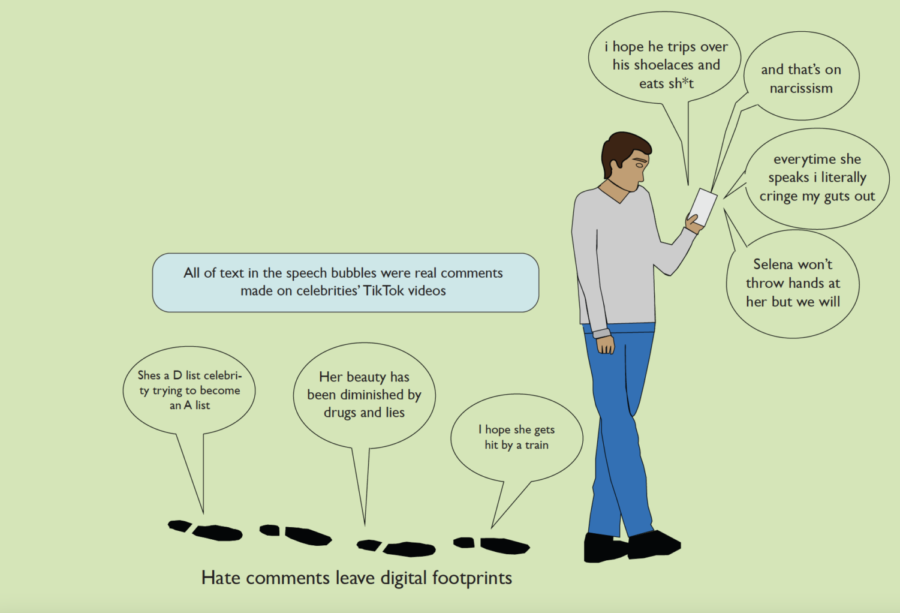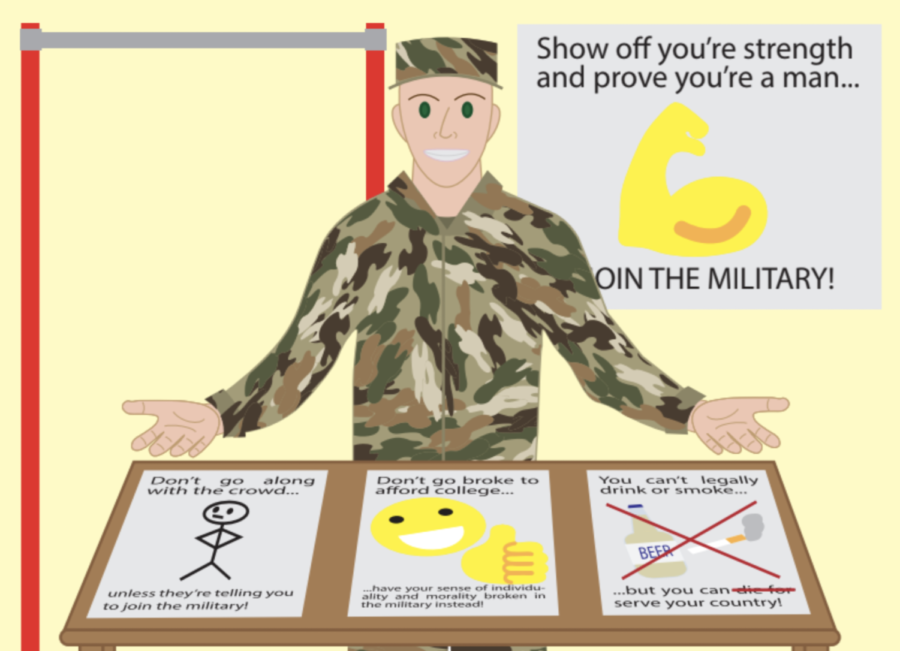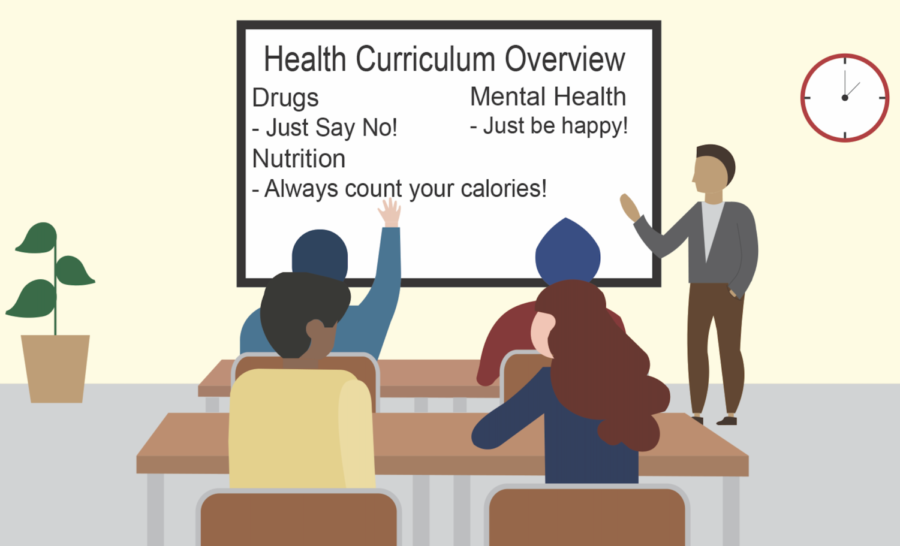For many high school students, school is a major source of stress. School brings to light many known pressures: academic success, having a social life, extracurriculars, jobs and the looming question of what life will look like outside of high school. On top of it all, students’ school days can start as early as 6:30 a.m. and end seven to eight hours later, not counting other obligations. Allowing students to make use of their own time by opening the campus would give students a temporary break, freedom and offer a much-needed benefit to student mental health.
Students who have a driver’s license, car and have paid for parking passes should be considered responsible enough to leave campus and come back to school on time. If students have a 74 percent or higher in class, they should be able to decide for themselves how best to use their time on Viking Days. If they feel as though a better use of their time would be to go out for some fast food down the hill, that should also be their prerogative. In this regard, opening the campus would allow students to make their own choices (albeit for a controlled period of time) and could potentially teach students the time management and responsibility skills that a closed campus cannot.
As of this year, Inglemoor has begun to enforce the closed-campus rule more strictly, in contrast with other high schools. While all other high schools in the Northshore School District have a variation on the open campus policy, Inglemoor has taken to banning food delivery services like UberEats and Postmates and not allowing students to eat lunch in their cars while remaining on campus. Although these rules have valid roots, their overwhelming effect is the inevitable addition of pressure on students. As such, opening campus could allow benefits that have been overlooked.
Of the 24-hour day, students spend about a third of their time awake at school, excluding the amount of time spent on homework assigned during the day. Medically, it is recommended that teenagers get a minimum of eight hours of sleep a night in order to be at peak physical and mental health, which is roughly another third of their day. Of the final third, students cram in homework, work, exercise or extracurriculars, making it difficult to make time for other, equally necessary activities. Having an outing with friends or enjoying some fast food down the hill could offer students a much-needed respite from what many would agree is a cycle of perpetual stress.
With the new addition of Viking Time, lunch has been extended to 50 minutes for some students. This allows for more student-structured time during the school day to get work done, communicate with teachers one-on-one, eat or socialize with friends. While Viking Time has been a relatively new addition to the school day, should the school choose to open campus, this 20-minute extension could offer unforeseen opportunities. For many students who live within close proximity to school, eating food at home would be a cheaper alternative than buying food that could also shorten presently long cafeteria lines.
Because safety is our school’s top priority, having students sign in or out or having them and their parents sign a waiver at the start of the school year could be one effective way to mitigate liability. Students should also be responsible enough to hold themselves to a reasonable standard of behavior when outside of school during open-campus time. Should the students violate the school’s trust, open-campus privileges could just as easily be revoked for that student.
As such, opening campus would provide students and staff many benefits and wouldn’t make school any less safe than it is now. Students would be able to learn to manage their time responsibly, and both students and teachers could have a much needed break during the monotony of the school day.



